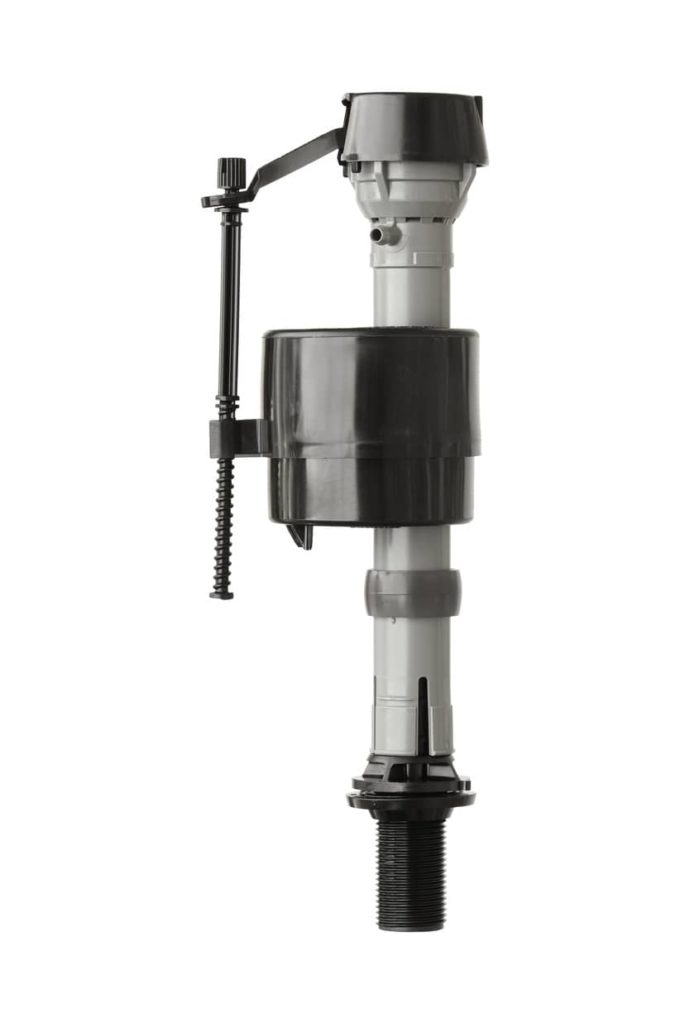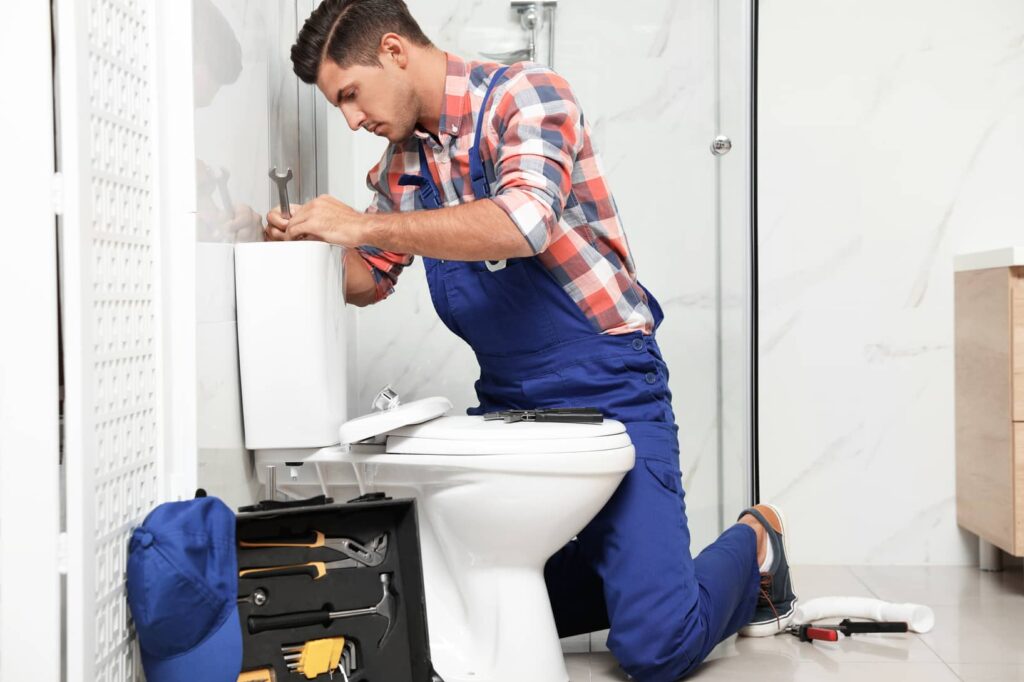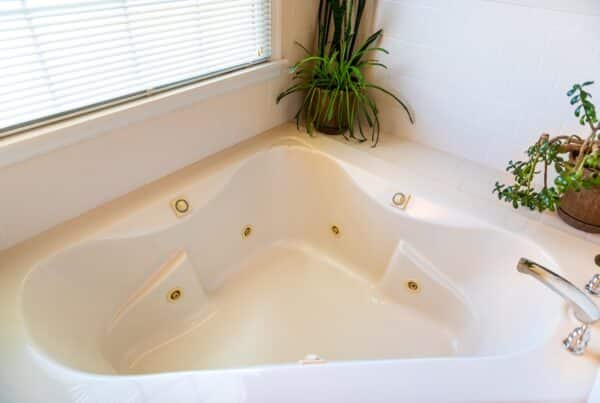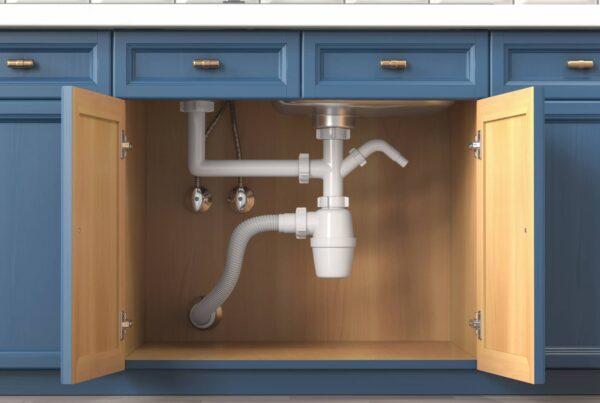
Owning a home can come with a lot of ups and downs. Homeowners are well aware that things can break down in a home, or that new projects are necessary. However, not all homeowners have the tools or knowledge in order to accomplish these tasks. One of the many areas that typically need repair is your toilet tank parts. These parts are plastic and rubber with some metal that can break down in water over time. Why won’t my toilet stop running? The fill valve or rubber flapper in the toilet tank are likely needing replacement.
Let’s take a look below at the necessary steps required to complete the project.
What Is Needed To Make The Repair
Finding the right tools for any project is necessary in order to get the job done. Not all homeowners have access to the necessary tools. Let’s take a look below at the tools and materials needed in order to complete this project.

How Can I Fix It
Making repairs to your toilet tank parts is never fun. However, it can be done fairly easily. The steps are not that involved and the project should not take you more than 30 minutes or so. In order to stop your toilet from running, you will want to replace a few items in the toilet thank. Let’s take a look below at how we can accomplish this task.
- Remove the tank lid – by taking the tank lid off, you can determine what is damaged and needs to be replaced. In some cases, it could be as simple as reconnecting the handle chain or replacing the rubber stopper. In other cases, you might need to replace a damaged fill valve.
- Turn off the water – first, turn off the water supply so that after you flush the toilet, the water does not re-fill into the tank. You will want an empty toilet tank so that you can work freely.
- Flush the toilet – second, you will need to flush the toilet and remove all water from the toilet tank. With the water being removed from your tank you can assess any damages.
- Check the fill tubing – make sure that the fill tube is connected to the fill valve and sits an inch below the overflow tube’s rim. This is a rubber tube that allows water to flow from the fill valve to the overflow tube.
- Check the fill height – depending on the type of float, you might need to make an adjustment or two. Once the water elevates the float to the height you have set the water will shut off. However, if things aren’t aligned correctly the fill valve may think it needs to keep running. Stopping the water an inch below the overflow tube’s edge is key here.
- Rubber flapper or handle – the rubber flapper must be tightly sealed to the tank. If it isn’t able to flap down and create a seal that prevents water from flowing into the tank, then the flow of water will continue. This will cause the fill valve to continue to run as it believes water is needed in the tank. Also, adjust the metal chain that is connected to the flush lever so that the rubber flapper has room to release back down and seal the water tube toilet bowl connector.
Also, head out to your local hardware store and purchase a replacement fill valve, rubber flapper, or in some cases a float ball.
How Much Does It Cost
When it comes to replacing toilet parts, the biggest expense is paying the plumber. The replacement parts are fairly inexpensive. Also, a running toilet could end up costing you an extra $100 a month in water usage. Getting your toilet parts replaced will typically cost between $150 and $300 depending on the plumber’s hourly rate and the replacement parts that are needed.
Other Recommended Maintenance
Now that you know about toilets running, take a look at a few other areas of maintenance. One of those is the smell in the bathroom. If you find it smells like sewage, it could be the shower drain, jacuzzi tub, toilet, or sink. However, if you hear gurgling, it could be a sewer issue and you may need to talk to a professional.
Another area is toilet tanks. If you need to replace the toilet tank, most of them are universal. Usually, if you measure the tank, you can make sure you find one with the same dimensions. Also, many manufacturers want you to buy their products as well.
Lastly, if you find there are ants in the bathroom, it is important to find out where they are coming from. If there are cracks in the walls or hair fermenting in the sink, you need to take care of these things. Also, cleaning the bathroom and dehumidifying the area are good places to start to get rid of the ants.

When Do I Call A Professional
Repairing any parts associated with plumbing can be rather stressful. Most homeowners don’t have the tools or the time to make a repair, even something as simple as toilet tank parts. Call on a professionally licensed master plumber to ensure all of your toilet tank parts are successfully replaced. In addition, reach out to your local home inspection team. They can inspect your entire plumbing system and recommend a reputable master plumber.
Conclusion
You might think that replacing your toilet tank parts is simple and easy to do. That is correct, however, calling a master plumber will allow you to ensure that replacing your toilet tank parts is all that is needed. Call on your local home inspection team first, so that they can assess your entire plumbing system and ensure there is no further damage. Reach out to Atkinson Inspection Services for a home inspection in Orlando, Clermont, and the Villages.



